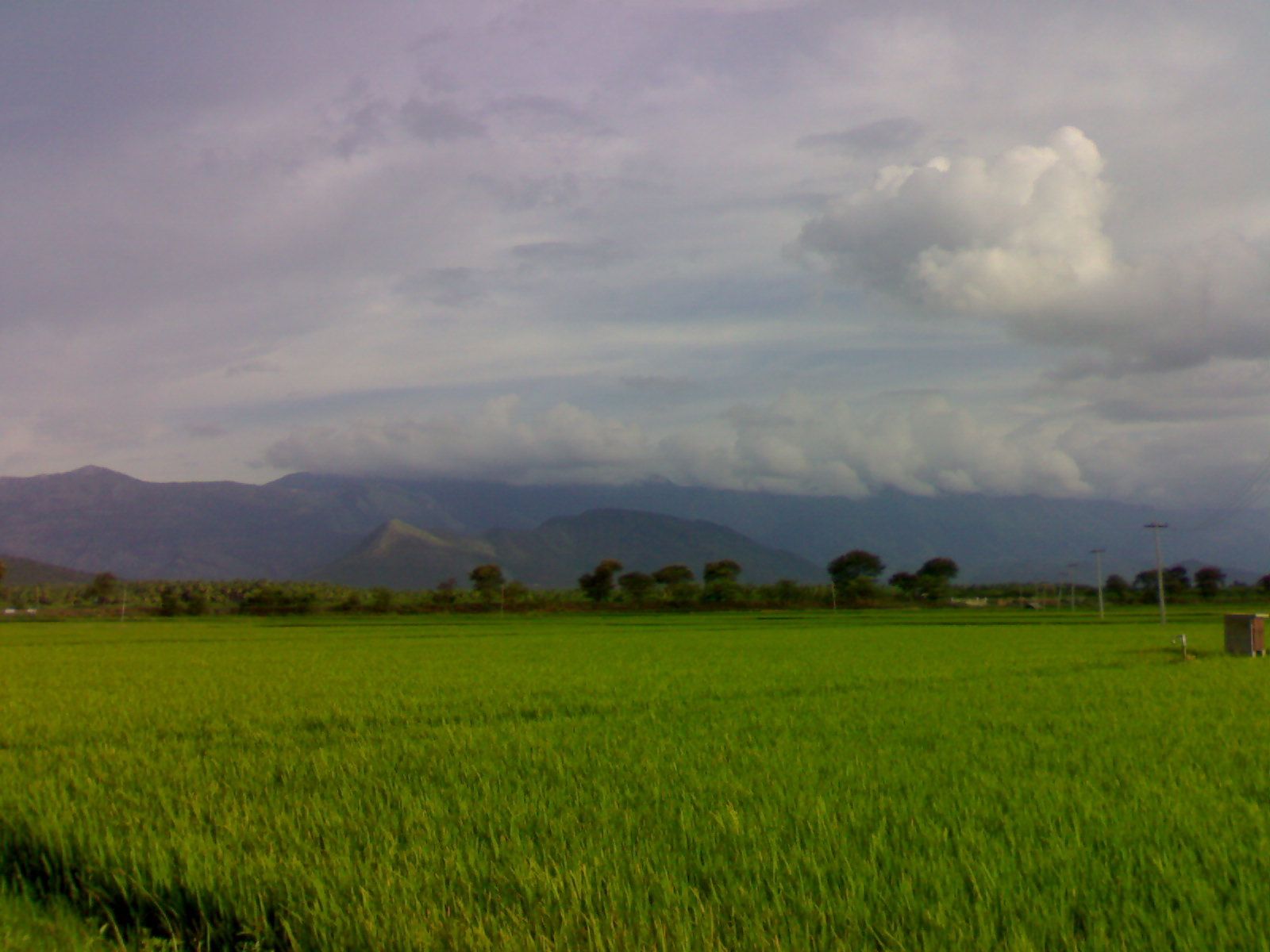- Liuqin
Infobox Instrument
name= Liuqin
names=
classification=
*Plucked string instrument
range=
related=
*Pipa The "liuqin" (;pinyin : "liǔqín") is a four-stringed Chineselute with a pear-shaped body. It is small in size, almost a miniature copy of another Chinese plucked instrument, the "pipa ". But the range of its voice is much higher than the "pipa ", and has its own special place in theChinese music , whether in orchestral music or in solo pieces. This has been the result of a modernization in its usage in recent years, leading to a gradual elevation in status of the "liuqin" from anaccompaniment instrument in folkChinese opera , narrative music, i.e.Suzhou "pingtan", in northernJiangsu , southernShandong andAnhui , to an instrument well-appreciated for its unique tonal and acoustic qualities.Historically the "liuqin" was commonly made of willow wood, while the professionals used versions constructed with a higher-quality red
sandalwood or rosewood. In contemporary versions though, the front board is made of "tong" wood (桐木) and for the reverse side, of red sandalwood, as comparable to historical types.History
The "liuqin" has gone by various names, firstly the "liuyeqin" (), meaning willow-leaf-shaped instrument. This was the original term for the "liuqin", which is visibly an abbreviation of the term "liuyeqin". The other reference to the "liuqin" is the "tu pipa" (土琵琶), literally meaning unrefined "pipa", because of the aforementioned dimunitive size and resemblance of the "liuqin" to the "pipa".
Throughout its history, the "liuqin" came in variations ranging from two (which only had and a half octaves) to five strings. However, the earliest precursor of the modern four-stringed "liuqin" appeared and experienced popularity during the
Tang Dynasty (AD 618 - 907). This version had three strings, and was only used for accompaniment purposes in traditional operas, as mentioned before.The three-stringed "liuqin" remained in use for much of dynastic China from the Tang Dynasty until the late 20th century. The tunings used were thus D-G-D and D-A-D. With the advent of modernization of traditional Chinese music in 1970s, the four-stringed "liuqin" was developed as an improvement to its musical range, and the body of the instrument was enlarged to allow the player to handle the instrument with greater ease. There, however, still remains a five-stringed "liuqin", which was developed with a A-D-A-D-A tuning to cater to needs for an
alto "liuqin" in 1975.Playing technique, tones and range
Its technique is closer to that of the
mandolin than that of the pipa, using aplectrum and frequently using thetremolo technique. Its strings are either tuned in fifths, G-D-A-E (as a mandolin orviolin ), or else in a mixture of fourths and fifths, as for example G-D-G-D, which is a more common tuning employed by mainstream players of the "liuqin". This makes playing of the "liuqin" exactly the same as the "ruan ", hence players of either the "liuqin" or the "ruan" often double on both instruments.The modern "liuqin" has four steel strings. Like the "ruan", the number of the "liuqin"'s frets was increased from 7 to 24 over the course of the 20th century. These frets are arranged in half-step intervals. Its refreshing and jubilant tonal quality is more delicate than that of the "
yueqin ".Notable players of the "liuqin"
*Wang Hongyi (王红艺), daughter of Wang Huiran
*Wang Huiran (王惠然), esteemed "Father of the "liuqin""Liuqin" repertoire
Works composed/co-composed/adapted by Wang Huiran (王惠然)
*Canal of Happiness
*Melody on a Moonlit River
*Sing a Mountain Song of Love
*Spring Comes to River Yi (春到沂河)
*Swords
*The Lark ("Yun Que") Romanian Folk Music
*Warrior SuiteExternal links
More information
On the instrument
* [http://www.yuemi.net/pages1/buolan(mz.boxian1).htm "Liuqin" photographs] (first row)
* [http://www.paulnoll.com/China/Music/mus-liuqin.html "Liuqin"]
* [http://www.melodyofchina.com/06instruments/liuqin.html "Liu Qin"] (a Mp3 recording available here as well)
* [http://www.hkco.org/Eng/learning_2_eng.asp Information on the "liuqin"] (also includes information on other plucked-string instruments and notational description of instrumental tonal range)On players of the "liuqin"
* [http://www.pccorchestra.net/Document/e/e_article0002_dreamsofgreatstringmusic.asp Concert information on Wang Huiran]
* [http://www.info.gov.hk/gia/general/200203/01/0301170.htm Press release on Wang Hongyi]
* [http://www.cciv.cityu.edu.hk/website/?redirect=/art/2002-2003-s/wang_huiran/index.php Information on Wang Huiran and Wang Hongyi]Listening
* [http://music.yahoo.com.cn/search.html?pid=ysearch&p=%C1%F8%C7%D9&button=%CB%D1%B8%E8%C7%FA&button=%CB%D1%B8%E8%B4%CA&mimetype=all&source=ysearch_music_result_topsearch "Liuqin" Mp3s] (click headphones to listen to individual tracks)
* [http://www.geocities.com/risheng99/instruments/liuqin_music.html "Liuqin" Mp3s on Yahoo! GeoCities]ee also
*
Traditional Chinese musical instruments Related Chinese plucked-string instruments
*"
Pipa "
*"Ruan "
Wikimedia Foundation. 2010.
